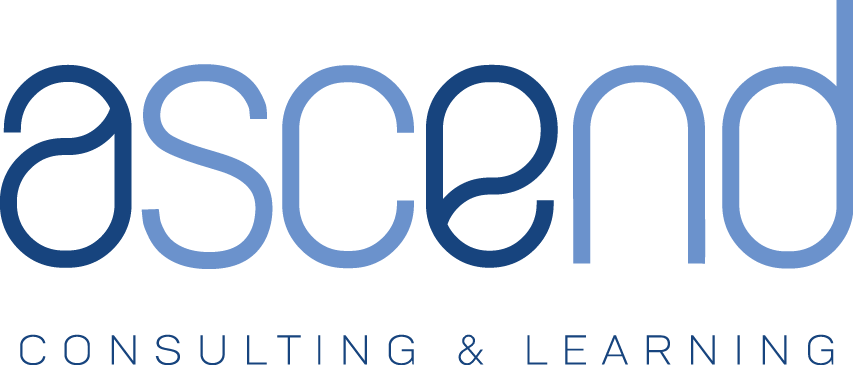Strategy is the link between the internal world of our firms and the external world of the markets we compete in. Effective strategy needs to do a couple of things – be unique and provide a valuable fit between these internal and external environments. In order to craft good strategy, you need to have a good understanding of your company (its capabilities, resources, and activities) and the environment it operates in (clients, competitors, industry, etc.). Yet traditional strategic planning all too often glosses over this analysis by doing a quick SWOT analysis without context, or something similar.
Luckily, there are strategy tools that can provide rigor and context to this necessary analysis. We discussed one of these tools for conducting industry analysis in a previous blog post on Porter’s Five Forces. In this blog post, we will discuss another tool for analyzing the external environments in which we compete, trend analysis. A structured approach to trend analysis can ensure that you are asking the right questions to understand how changes in the environment may affect your company and its strategy.
There are several frameworks that provide an approach to trend analysis that are all similar (PEST, PESTLE, etc.). In this post, we will discuss the STEEP framework, which looks at changes in social, technological, economic, environmental, and political factors in the environments your company competes in. This framework can provide you with a better understanding of your environment as part of a detailed strategic planning process or can be used with a more simplified approach like a SWOT analysis by providing context to opportunities and threats.
A trend analysis is best conducted with a group of people that can provide broad context and expertise as it relates to your firm and your markets. Having diverse participants that have different organizational roles, experiences and beliefs can help ensure that you have the best picture of the trends affecting your business. Trends can impact your business in several ways. They can have a direct impact on your business by providing an opportunity or threat to your strategy or business model. They can also impact your business by affecting clients and the markets in which they compete. When conducting this analysis, you need to think broadly about how these trends can affect your business either directly or indirectly.
Social
Social trends include societal changes related to demographics, beliefs, and culture. Examples could include changes in population growth, population migration, demographics within a target market segment or workforce, beliefs related to lifestyle, work and leisure, etc. How do these changes affect your clients and the end users of your designs? How do these changes affect your employees and their wants and needs?
Technological
Technological trends include changes from a technology standpoint. How will changing technology affect the way you communicate or deliver your services? Will new technologies allow you to offer new services? How will technological changes affect your clients, their businesses, and their needs? How will changes in the technological needs of end users be incorporated into your designs?
Economic
Economic trends include changes related to the economy. This includes many things like economic growth or contraction, employment levels, interest rates, credit availability, cost of labor or other expenses, etc. How do these changes affect your clients and their businesses, your ability to find and retain talent, your ability to grow your business and obtain financing, the cost structure of your business model, your revenue expectations, the buying behavior of your clients, etc.?
Environmental
Environmental trends include changes related to the environment and the beliefs and policies associated with those changes. How will changes in environmental conditions such as global warming and climate change affect your business and your services? How will those changes create new needs and challenges for your clients? How will these changes affect your employees and their wants, needs and beliefs?
Political
Political trends include changes related to politics including government policy and regulation, taxes and laws. How does the current political landscape and its changes affect your business or those of your clients? If you work directly or indirectly with government agencies, how could changes and beliefs in government affect your business and revenue streams? Will potential changes in policy or regulation create opportunities or threats for your business model? How do changes in the leanings of the political spectrum or administration changes affect your business?
In order to plan effective strategy, you must have a good understanding of the environment you are competing and operating in. In order to do that, you need to understand the trends and changes that are occurring in that environment. A trend analysis, using a framework such as STEEP, is a great tool to help you gain more insight into your markets and the operating environment of your business. A thorough trend analysis should be conducted as part of the environmental analysis portion your strategic planning process.

